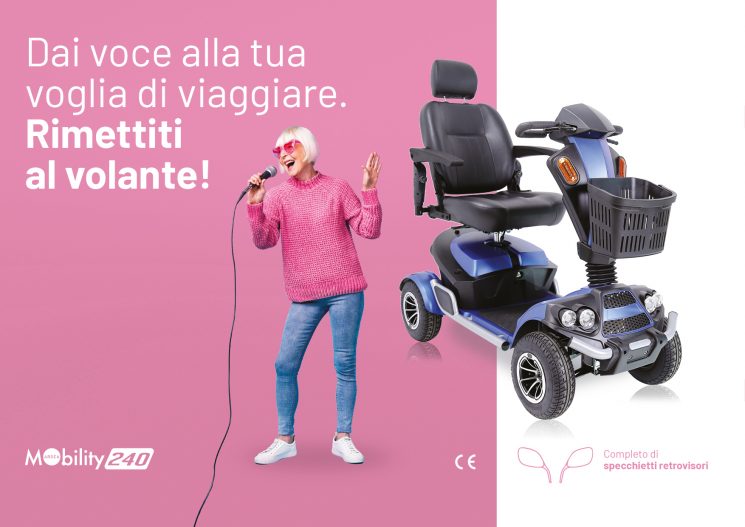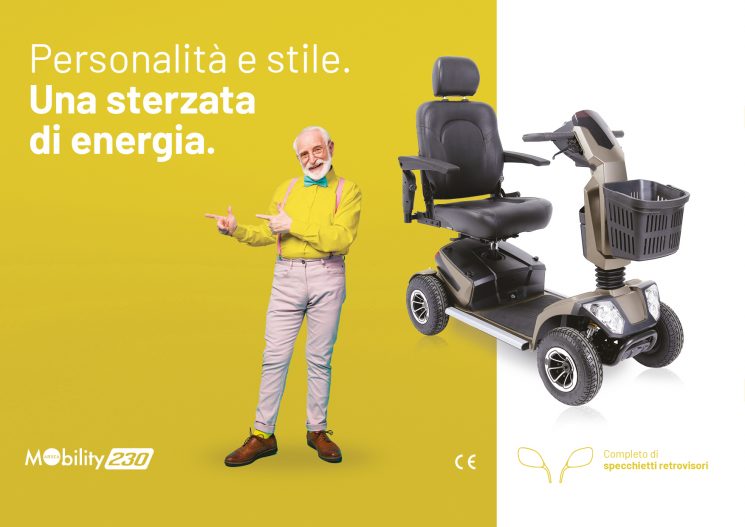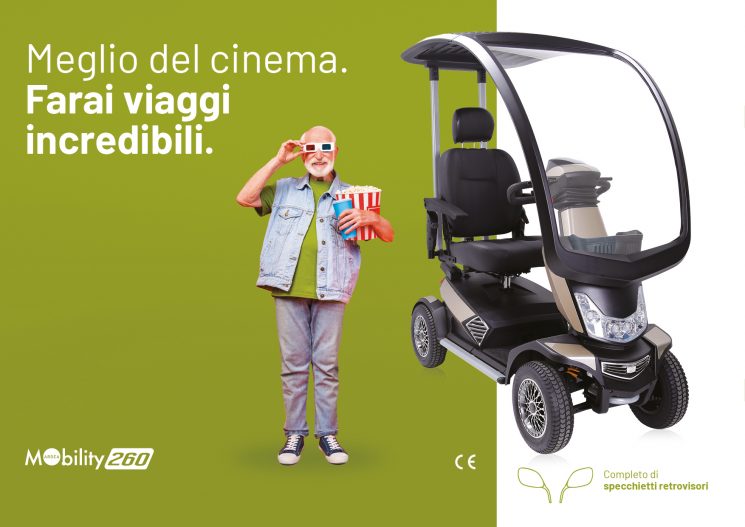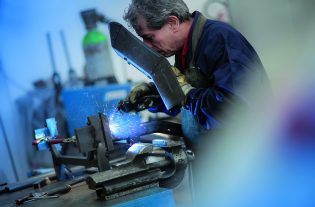Several months ago, an Instagram account called “Normalise Normal Homes” caused quite a stir. The social media account highlighted the ostentatious and unrealistic situations that are depicted in homes on-line and in furniture catalogues.
Bathrooms that have plants in every corner, candles everywhere, fridges that cannot be reached because of how the furniture is arranged …
The account pokes fun at the tricks used on photographic sets for social media, which inevitably remove “normal homes” from the surreal world of social networks.
The account encourages us to laugh at the pretence to which we have become accustomed and removes the gloss from a world that depicts a sugar-coated version of reality and too often risks leaving us feeling out of step.
This sensation of exclusion and diversity, and of being unable to comply with social norms, is becoming increasingly common in all age brackets.
Elderly people, who are less “social” but often overexposed to media communication, can also feel forgotten by society as their social activities are reduced due to a loss of independent mobility.
However, as 2022 dawns, we can confirm that another process of normalisation is underway, and namely in aids for the elderly. Walkers, rollators, simple walking sticks, wheelchair drive units or scooters.
The range of products on the market for people with disabilities or elderly people with reduced mobility can now satisfy the most varied needs, breaking down the obstacles and barriers to a free and independent everyday life.
Today, we are focused on scooters for the elderly or people with reduced mobility, with several useful suggestions on choosing the model that best suits your specific needs
 1. What are scooters for the elderly or people with impaired mobility?
1. What are scooters for the elderly or people with impaired mobility?
Scooters for the elderly are medical devices, according to the new European Regulation 2017/745, and have wheels and an electric motor, allowing you to move easily around town and elsewhere. They are classified as “invalid carriages” by the Highway Code and their solid, four-wheeled structure allows you to travel safely and easily around the town or countryside.
Although scooters are motor-driven, they do not fall within the definition of a vehicle and therefore, according to Art. 190 of the Highway Code, follow the same rules applicable to pedestrians.
Current regulations allow for a tax deduction of 19% of the purchase value and they can also be supplied by the National Healthcare System, as established by Ministerial Decree (DM) 332/99 or by the Prime Minister’s Decree (DPCM) of 12.01.2017.
Leaving aside all these classifications, as a result of increasingly widespread use over recent years, scooters for the elderly have improved considerably in terms of design and functions. They are devices that restore independence and freedom, without comprising anything in terms of appearance and pleasurable driving.
 2. How to choose a scooter for yourself or your loved ones?
2. How to choose a scooter for yourself or your loved ones?
A means of transport, whatever it is, tells us a lot about the taste and style of its owner.
When we choose a scooter, a car, a motorbike or a simple bicycle, we focus not only on its functional features and our own needs, but also on everything relating to the visual aspect.
Whether in the saddle or behind the wheel, we want to feel at ease and that feeling is often as important as the technical features of the vehicle itself.
This is to say that even the choice of a scooter for the elderly (and mobility aids in general) must be based on the right balance between appearance and function, design and practical use.
The new Mobility range of scooters for the elderly by Moretti have a sturdy and contemporary bodywork, with an attractive design that will easily suit the taste and personality of the user.
 3. Functions: which features make a real difference?
3. Functions: which features make a real difference?
In order to understand which are the most important technical features in the search for the best scooter for our loved ones, it is necessary to consider their specific practical needs: Where will they be going on their scooter? Will these be short or long journeys? Is the journey on a slope? Will they be using the scooter to go shopping? What items do they need to take with them or load onto the scooter? What will the weather be like? Where will they park the scooter when they return home?
Assessing these aspects provides us with vital information on the best level of battery autonomy between charges, on the motor power needed to guarantee agility on slopes, on the overall dimensions needed and on the best options for handy use
The Mobility range of scooters by Moretti has solutions that guarantee autonomy up to 54 km and motor power up to 1650 W. The Mobility scooters range from simple solutions with reduced dimensions to models equipped with every comfort, such as a roof or wind shield.
4. When and why to give someone a scooter or buy one for yourself
Scooters for the elderly and people with impaired mobility are stable and safe aids. They are simple to drive and allow the user to regain their independence and freedom.
If you have ever ridden a two-wheeled vehicle in the past, you are unlikely to have forgotten the carefree sensation of freedom that this method of travel gives you.
This is precisely what buying a scooter for the elderly or giving one to someone else means: getting back in the saddle and enjoying that carefree sensation once again.
We can regain control of our time and our day-to-day social life, by choosing an aid that is not only “normalised” from a social standpoint, but also, and most importantly, makes us feel better about ourselves.
Happy travels!










